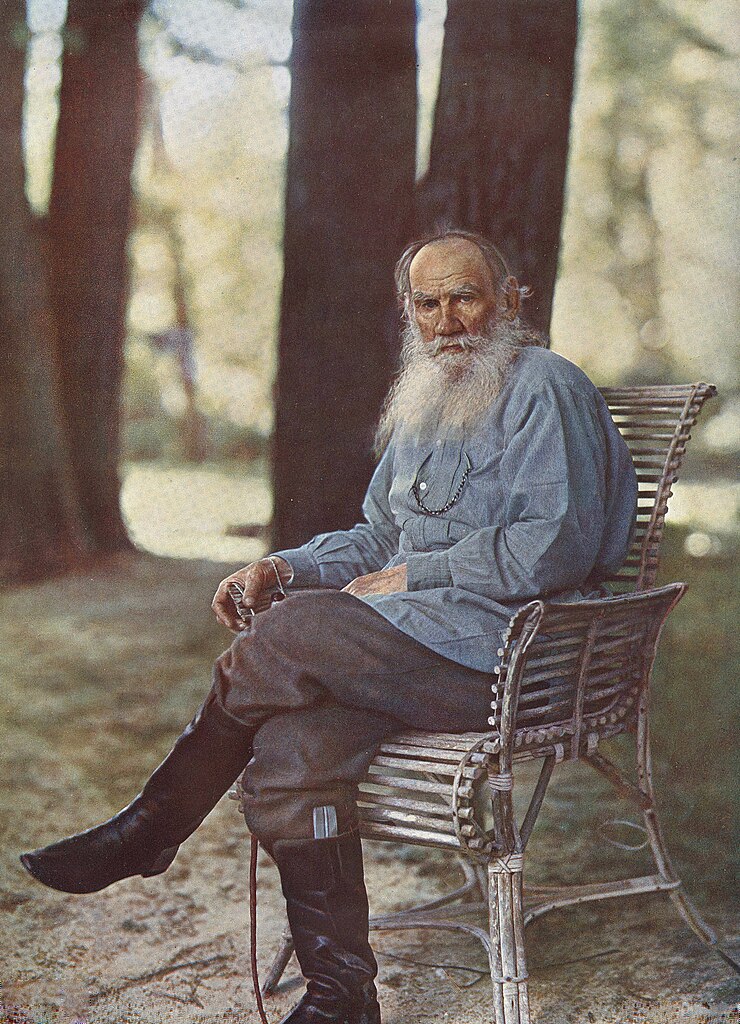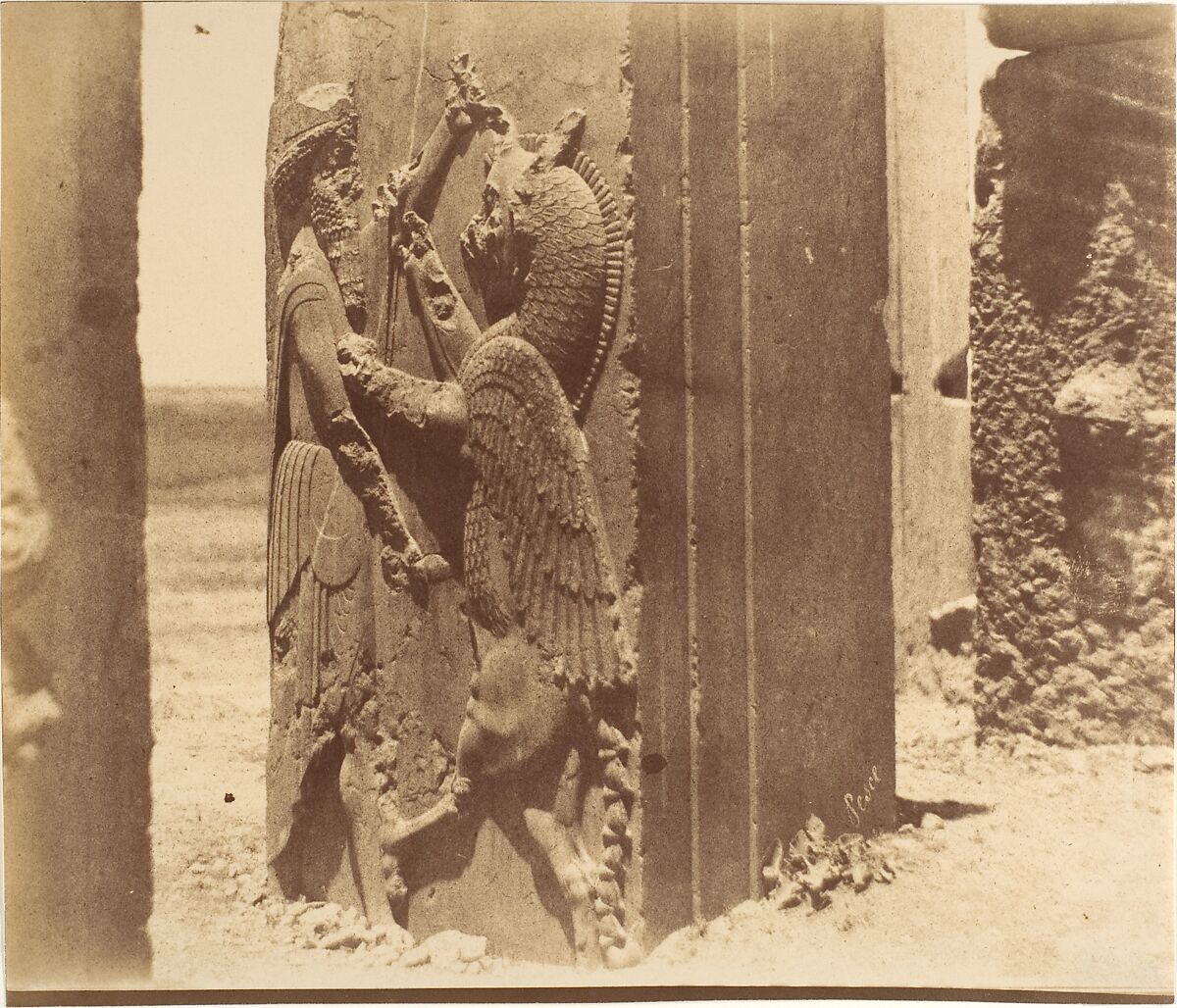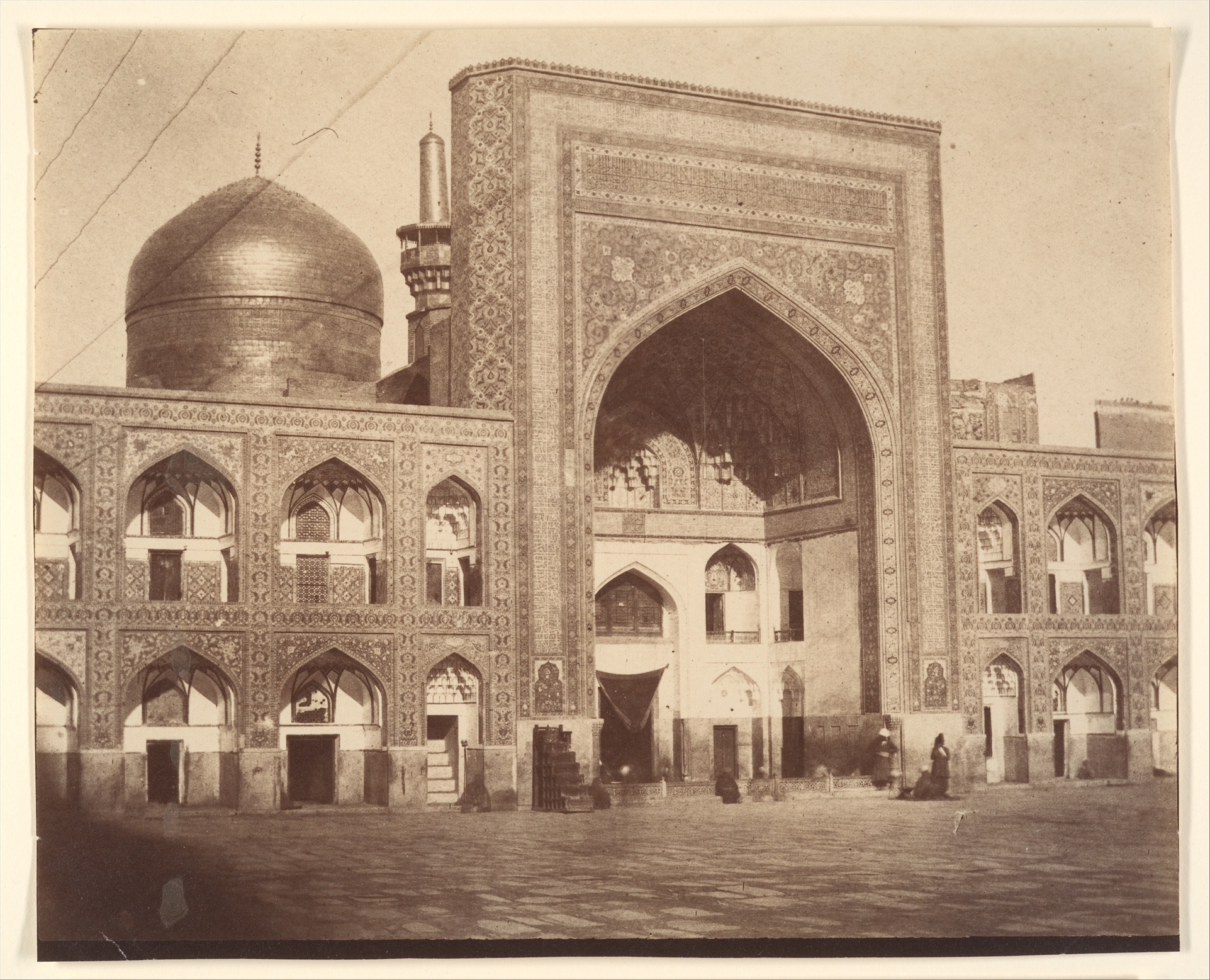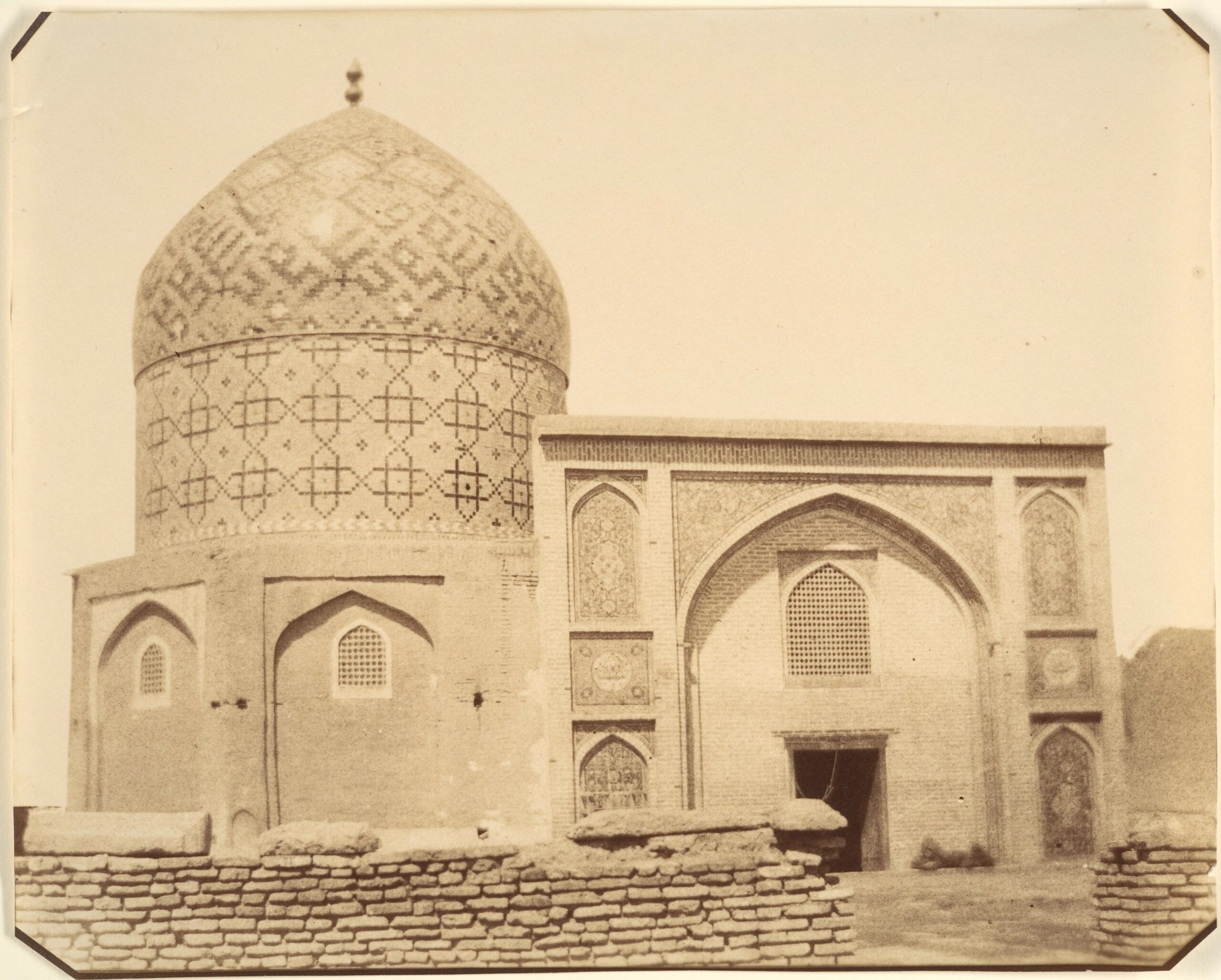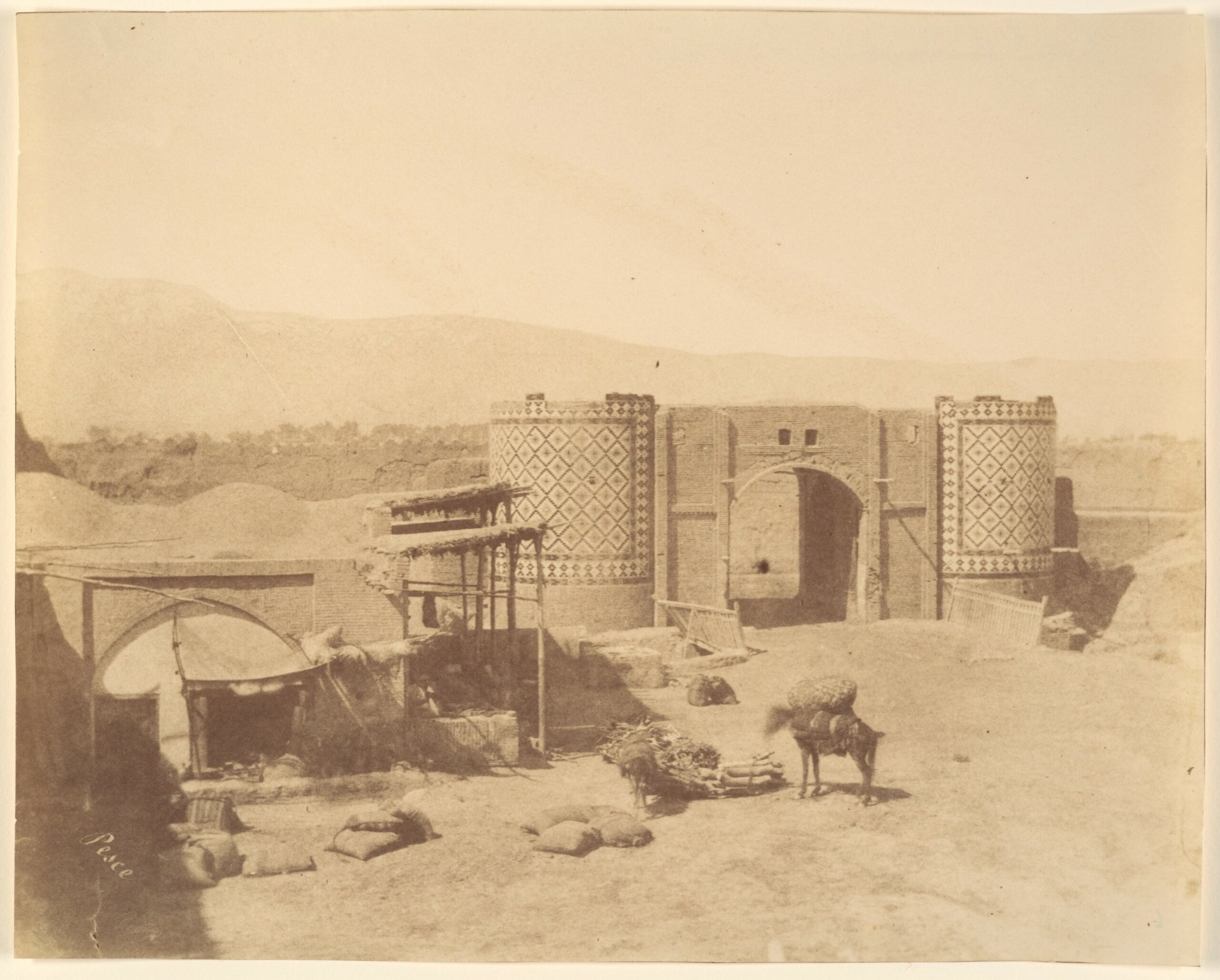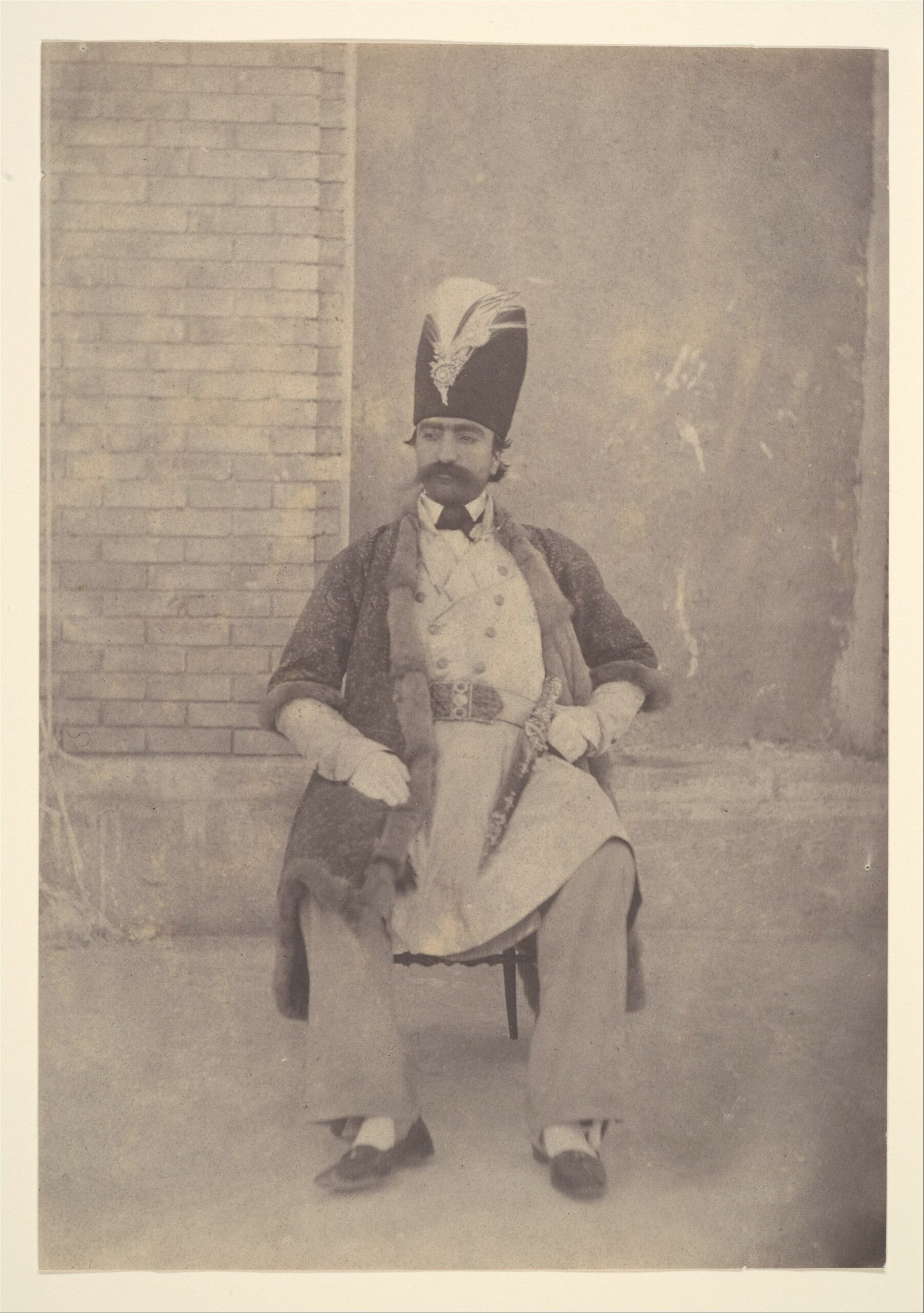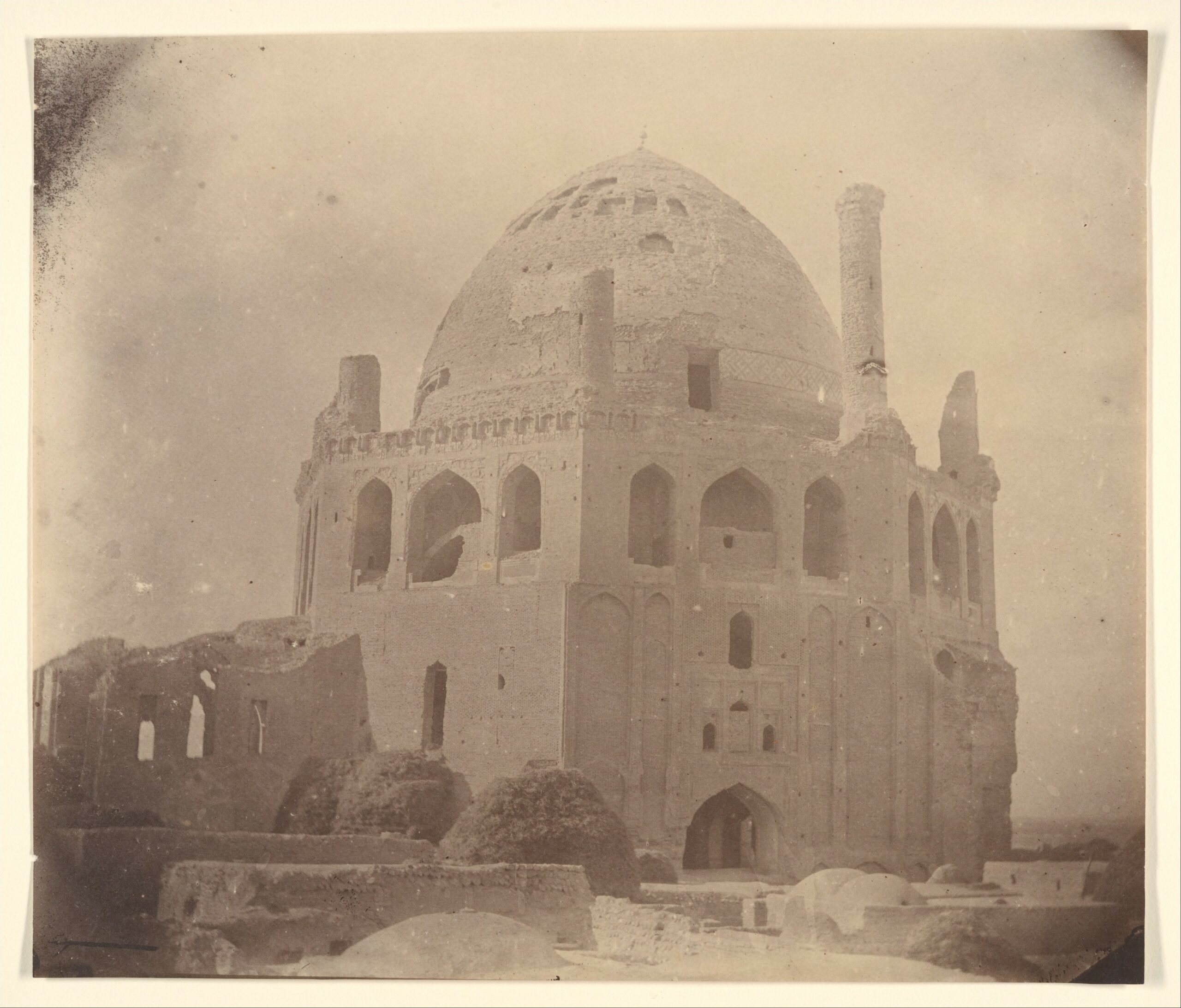The Leaning Tower of Pisa has stood, in its distinctive fashion, for six and a half centuries now. But it hasn’t always leaned at the same angle: to get the most dramatic view, the best time to go see it was the early nineteen-nineties, when its tilt had reached a full 5.5 degrees. Granted, at that point — when by some reckonings, the tower should no longer have been standing at all — it was closed to the public, presumably due to fears that the sheer weight of tourism would push it over the tipping point. The 1989 collapse of Pavia’s eleventh-century Civic Tower also had something to do with it: couldn’t something be done to spare Pisa’s world-famous landmark from a similar fate?
Attempts to shore up the Leaning Tower up to that point had a checkered history, to put it mildly. Built on soft soil, it started to lean in back in the twelfth century, before its construction was even complete. The process of that construction, in the event, took nearly 200 years to complete; during one decades-long pause during a particularly embattled period for the Republic of Pisa, the tower actually settled enough to prevent its later collapse, though it remained aslant. In the late thirteenth century, the best solution available for this condition was simply to build the rest of its floors in a curved shape in compensation.
For centuries after, the sight of the Leaning Tower tempted generations of structural engineers to straighten it out. It even tempted non-engineers like Benito Mussolini, who in 1934 ordered large amounts of concrete pumped into its foundation. Like most such operations, it only made the tower lean more; only in the second half of the twentieth century did the technology come along to analyze its foundations and the soil in which they were embedded clearly enough to devise an effective solution. This ended up involving the removal of soil with a slanted drill from under the tower’s higher end, which eventually brought it back to lean about four degrees, as it did nearly two centuries ago. After subsequent stabilization work, it was guaranteed to remain upright for at least another two centuries.
You can learn more about the construction and re-engineering of the Leaning Tower in the videos above from TED-Ed and Discovery UK. But you may still ask, why was it never brought down by an earthquake? “It turns out that the squishy soil at the structure’s base that caused its fetching infirmity – the tower was tilting by the time its second story was built in 1178 – contains the secret to its structural resilience,” writes Joe Quirke at Global Construction Review. This means that “the softness of the foundation soil cushions the tower from vibrations in such a way that the tower does not resonate with earthquake ground motion.” The very element that caused the tower to lean kept it from falling over, an irony to match the fact that such a seemingly misbegotten building project has become one of Italy’s proudest tourist attractions.
Related content:
Why Hiroshima, Despite Being Hit with the Atomic Bomb, Isn’t a Nuclear Wasteland Today
Based in Seoul, Colin Marshall writes and broadcasts on cities, language, and culture. His projects include the Substack newsletter Books on Cities, the book The Stateless City: a Walk through 21st-Century Los Angeles and the video series The City in Cinema. Follow him on Twitter at @colinmarshall or on Facebook.
